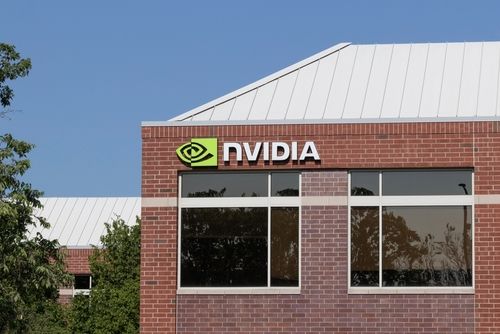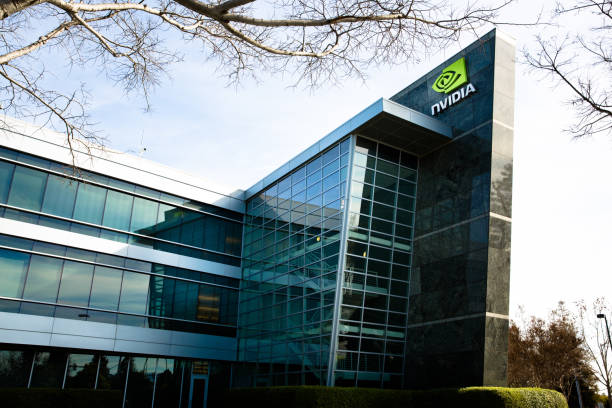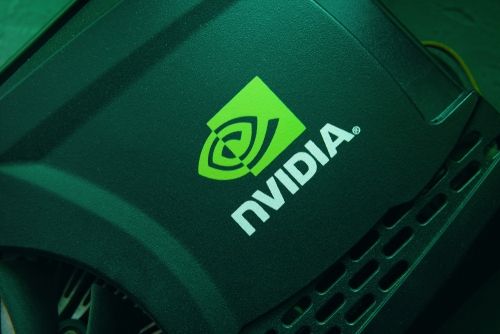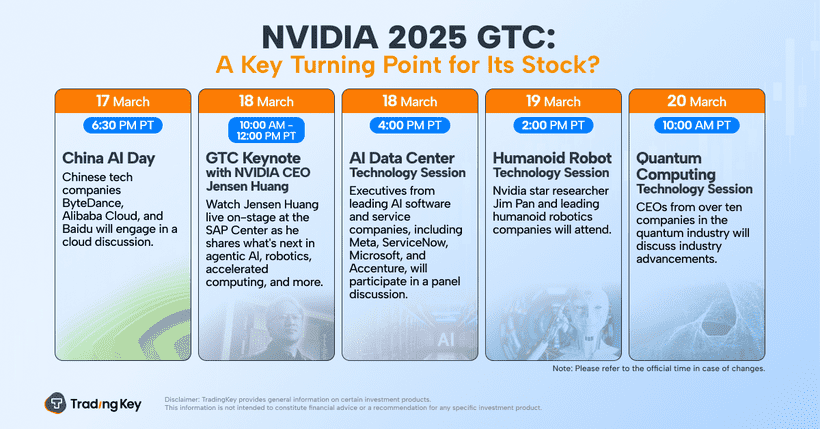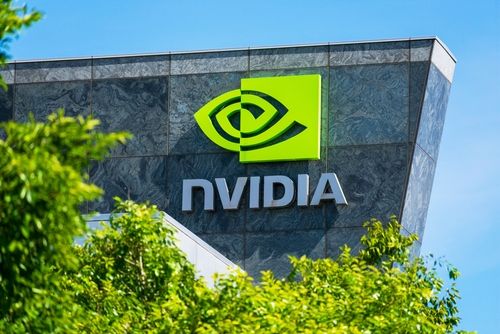300 Billion Reasons to Buy Nvidia Stock Like There's No Tomorrow

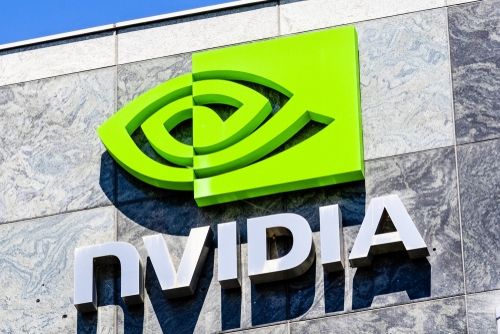
After a huge run higher, Nvidia (NASDAQ: NVDA) stock hasn't even been keeping up with the overall market in recent months. There are several reasons for that, but the big question for investors is whether it's now time to take advantage of Nvidia's stagnant share price.
The stock soared about 85% over the last year, yet it is lower than it was four months ago, even as the S&P 500 has a total return of about 4% in that time. But now it looks like there are over 300 billion more reasons to buy the stock. That's because several big tech companies plan to spend as much as $320 billion on data centers and artificial intelligence (AI) infrastructure over the next year.
Where to invest $1,000 right now? Our analyst team just revealed what they believe are the 10 best stocks to buy right now. Learn More »
Hopper to Blackwell to Rubin AI solutions
Nvidia's recent success is relatively easy to explain. Its advanced AI graphics processing unit (GPU) chips are in high demand. Using management's guidance for its soon-to-be-reported fiscal fourth quarter, revenue for the fiscal year ended in late January should show year-over-year growth of about 110%. That's especially impressive considering quarterly revenue is approaching $40 billion.
Nvidia also shared its plans with investors for continued innovation that should keep driving demand. Sales of its H100 and H200 GPU chips have been boosting revenue growth, and Nvidia now has its Blackwell AI architecture in production.
CEO Jensen Huang has called demand for Blackwell "insane." Investors will hear an update on its Blackwell sales when Nvidia reports earnings on Feb. 26. The company might also discuss the next-generation Rubin AI platform that is due in 2026.
Massive total addressable market
One recent headwind for Nvidia stock was the surprising announcement last month from privately owned Chinese start-up DeepSeek. That company reportedly created a high-performing large language model (LLM) for just $6 million. While many question the authenticity of that total capital cost, the DeepSeek product raised uncertainty about how much large-cap tech companies would continue to spend on Nvidia AI products.
But those companies aren't throttling back on spending. Meta Platforms, Amazon, Alphabet, and Microsoft each announced spending plans for data centers and AI infrastructure in 2025. As a group, the investments could total as much as $320 billion over the course of just one year.
Amazon expects to lead the way with $100 billion in capital expenditure. CEO Andy Jassy stated, "The vast majority of that capex spend is on AI for AWS (Amazon Web Services)." Alphabet plans about $75 billion and Meta $65 billion. Microsoft will continue on its plan for $80 billion in AI investments through June of this year.
That company said it is already seeing returns on its investment. Satya Nadella, chairman and CEO of Microsoft, noted, "Already, our AI business has surpassed an annual revenue run rate of $13 billion, up 175% year over year." Nvidia is the clear leader in hardware for AI infrastructure and is arguably the biggest benefactor from all that capital spending.
Nvidia's under-the-radar catalysts
On top of those tailwinds related to AI data center spending, Nvidia has other growing segments. Its gaming business generates the second most revenue. Gaming revenue has accelerated in each of the last three quarters, reaching its highest level since Nvidia's quarterly period ended May 1, 2022.
Its professional visualization business provides a platform for creating industrial AI simulations and uses AI to drive efficiencies for industrial developers. That segment's revenue has increased in each of the past three quarters and has more than doubled in the last two years. Automotive and robotics revenue has also accelerated, with growth in each of the last five quarterly periods.
Those other business segments use AI and also offer software solutions to Nvidia's AI hardware customers. That helps to provide a flywheel effect as its next-generation AI architecture continues to improve and be utilized in its various platform solutions.
The upcoming quarterly report could bring share price volatility, but investors should look to hold Nvidia for its long-term potential. A pullback that might come from the quarterly report would just provide an opportunity to buy more Nvidia stock.
Don’t miss this second chance at a potentially lucrative opportunity
Ever feel like you missed the boat in buying the most successful stocks? Then you’ll want to hear this.
On rare occasions, our expert team of analysts issues a “Double Down” stock recommendation for companies that they think are about to pop. If you’re worried you’ve already missed your chance to invest, now is the best time to buy before it’s too late. And the numbers speak for themselves:
- Nvidia: if you invested $1,000 when we doubled down in 2009, you’d have $360,040!*
- Apple: if you invested $1,000 when we doubled down in 2008, you’d have $46,374!*
- Netflix: if you invested $1,000 when we doubled down in 2004, you’d have $570,894!*
Right now, we’re issuing “Double Down” alerts for three incredible companies, and there may not be another chance like this anytime soon.
*Stock Advisor returns as of February 3, 2025
Randi Zuckerberg, a former director of market development and spokeswoman for Facebook and sister to Meta Platforms CEO Mark Zuckerberg, is a member of The Motley Fool's board of directors. John Mackey, former CEO of Whole Foods Market, an Amazon subsidiary, is a member of The Motley Fool’s board of directors. Suzanne Frey, an executive at Alphabet, is a member of The Motley Fool’s board of directors. Howard Smith has positions in Alphabet, Amazon, Microsoft, and Nvidia. The Motley Fool has positions in and recommends Alphabet, Amazon, Meta Platforms, Microsoft, and Nvidia. The Motley Fool recommends the following options: long January 2026 $395 calls on Microsoft and short January 2026 $405 calls on Microsoft. The Motley Fool has a disclosure policy.



